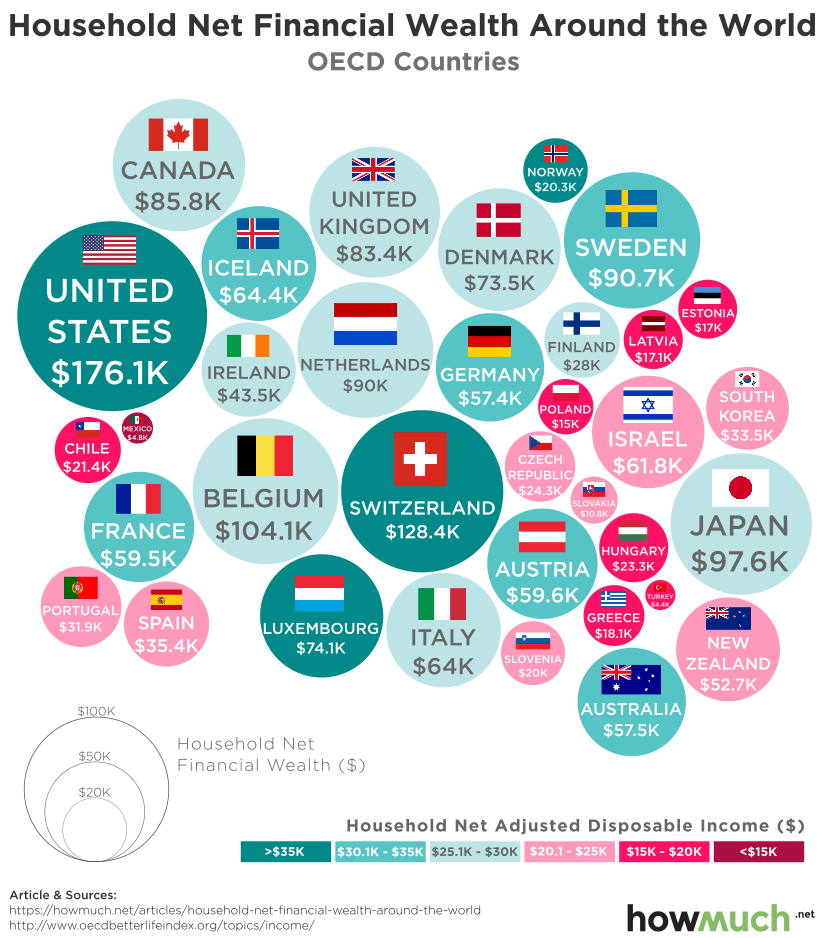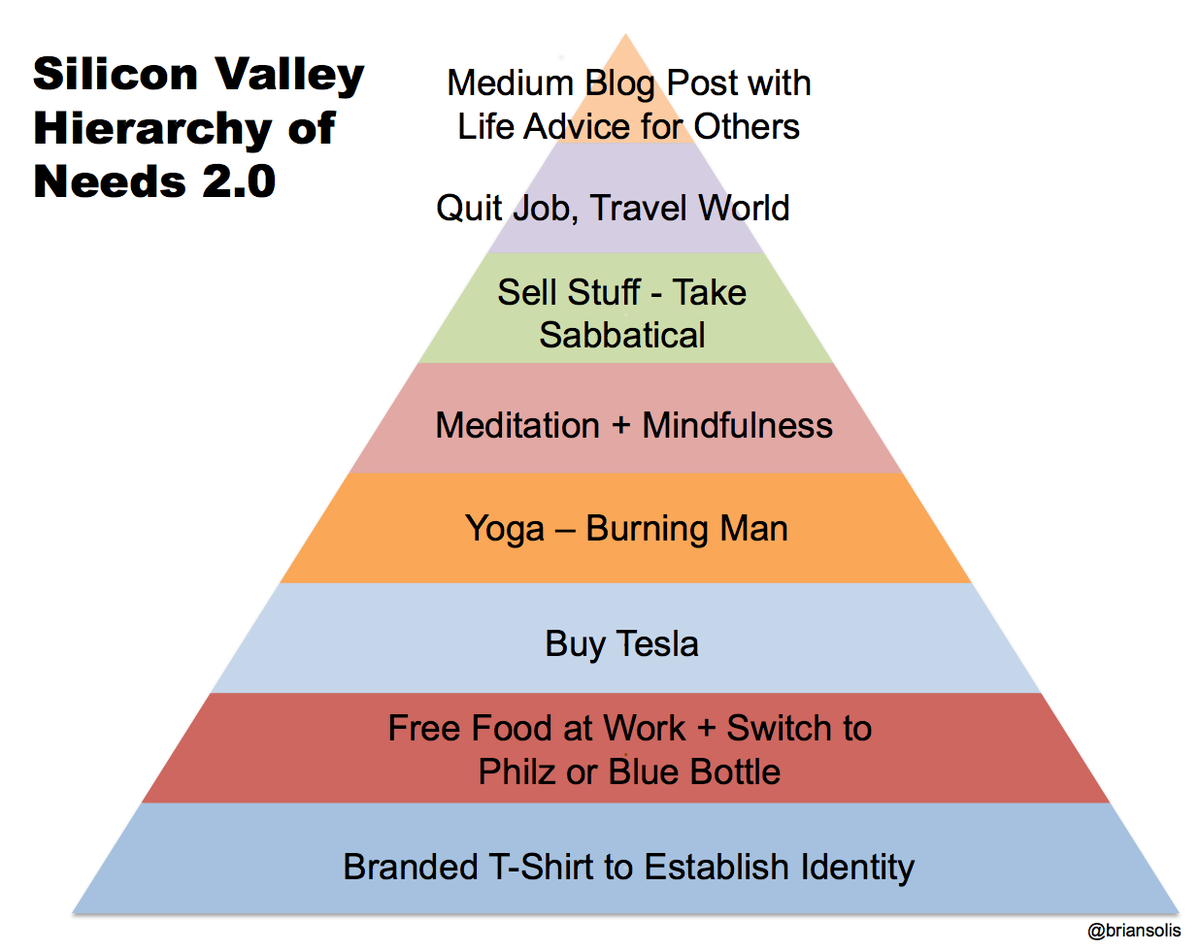In this 38 minute interview Lars Schall, for Matterhorn Asset Management, speaks with Dr Pippa Malmgren, a US financial advisor and policy expert based in London. Dr Malmgren has been a member of the U.S. President’s Working Group on Financial Markets (a.k.a. the “Plunge Protection Team”). They address, inter alia:
- Malmgren’s recent book “Signals: the breakdown of the social contract and the rise of geopolitics”;
- the “inflation vs deflation” debate
- the closer ties between Russia and China
- the future of the Euro
- Germany’s gold reserves
- and the phenomenon of “financial repression”
- Moreover, Dr Malmgren explains what she foresees as the endgame of the financial crisis.





 I am reading two of the best books:
I am reading two of the best books:  Most traders are intimately familiar the implied volatilities of equity options. These implied volatilities are often smoothed to avoid the temporary spikes in the strike/maturity surface that can lead to butterfly and calendar arbitrage. Many trading desks and market makers use the Heston stochastic volatility model for smoothing.
Most traders are intimately familiar the implied volatilities of equity options. These implied volatilities are often smoothed to avoid the temporary spikes in the strike/maturity surface that can lead to butterfly and calendar arbitrage. Many trading desks and market makers use the Heston stochastic volatility model for smoothing.